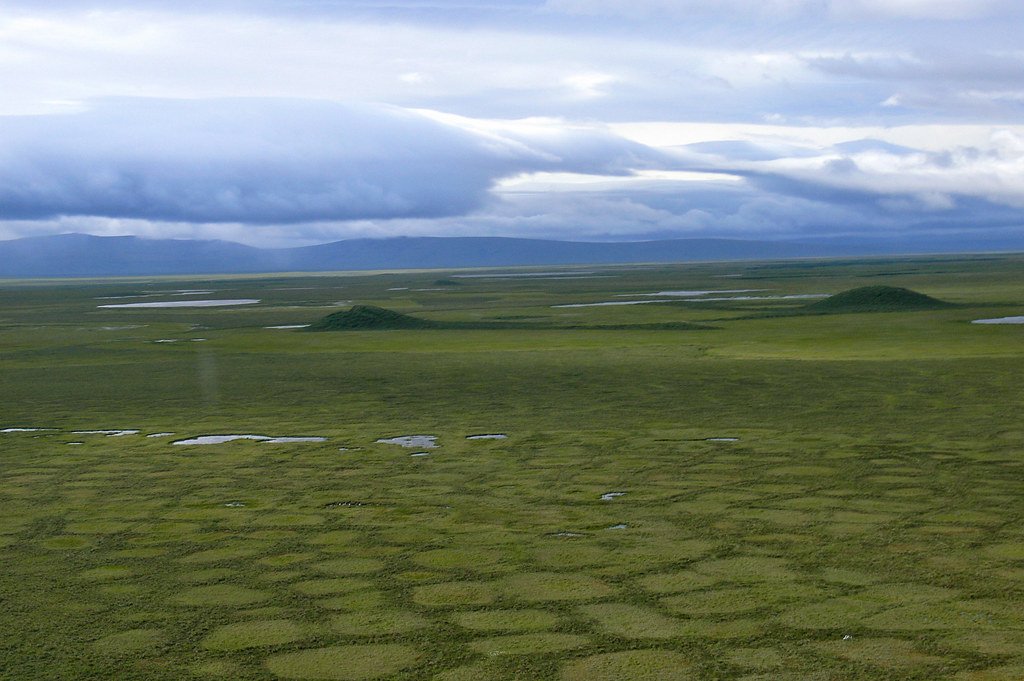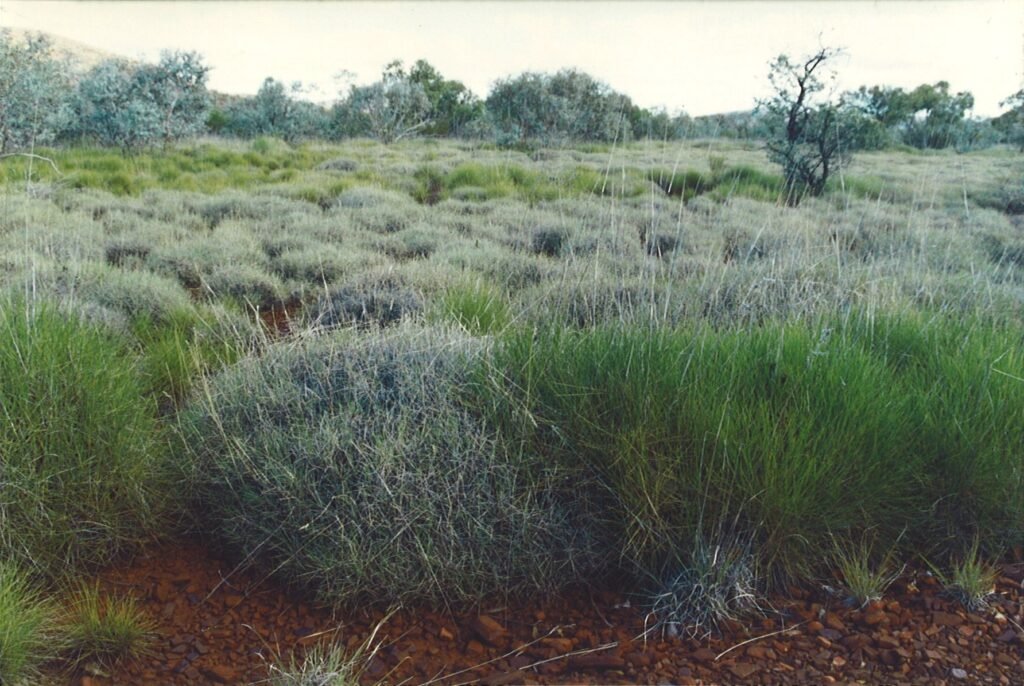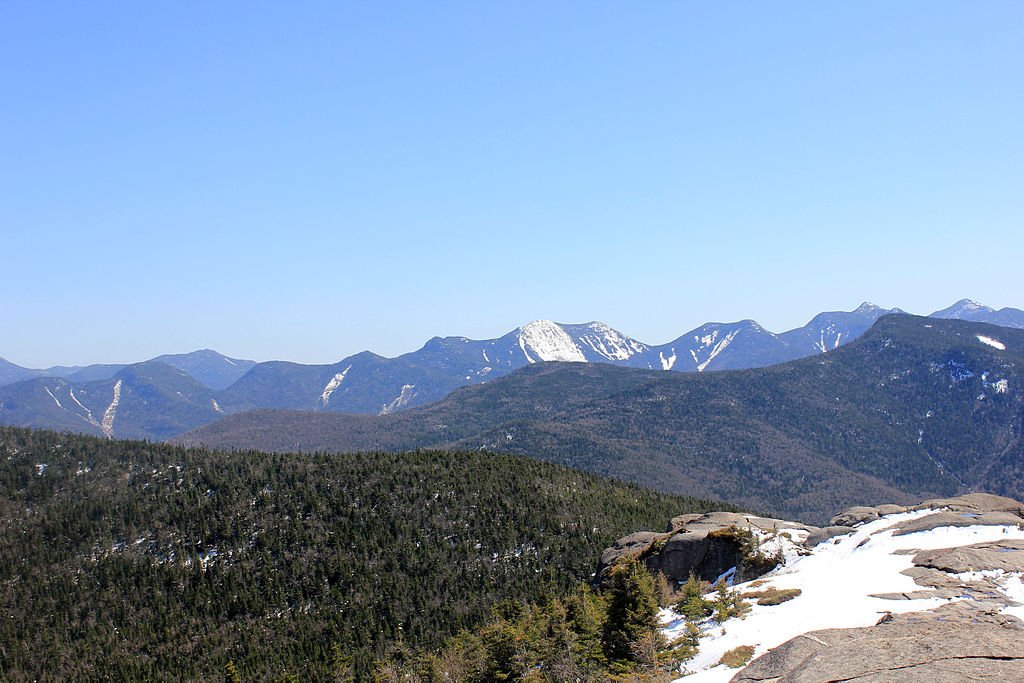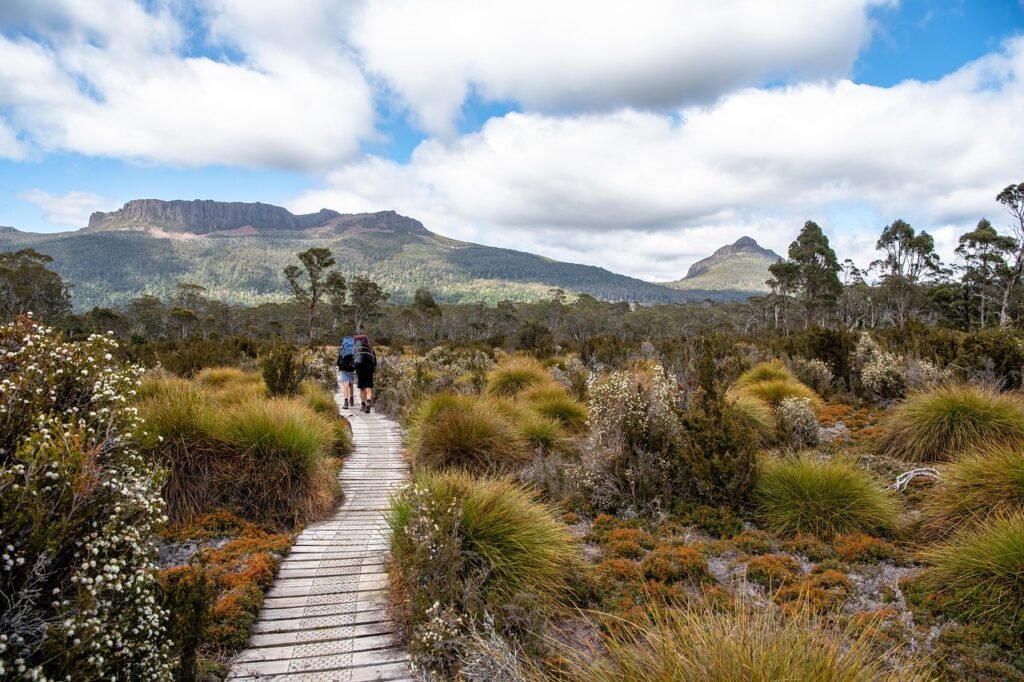In a world of rapid change and development, the natural environments that house a myriad of species and provide essential services to our planet are under increasing threat. From lush rainforests to vibrant coral reefs, these ecosystems face challenges that threaten their very existence. Understanding the importance of these ecosystems and the measures we can take to protect them is crucial for their preservation and our planet’s health. This article explores twelve ecosystems currently in danger and delves into actions that can be taken to safeguard their future.
Rainforests: The Lungs of the Earth

Rainforests, often referred to as the lungs of the Earth, are crucial for maintaining the planet’s delicate ecological balance. They absorb carbon dioxide, release oxygen, and harbor astounding biodiversity. Deforestation driven by logging, agriculture, and infrastructure development is the biggest threat. Protecting rainforests involves implementing sustainable forestry practices, strengthening indigenous land rights, and supporting reforestation initiatives.
Coral Reefs: Underwater Rainbows

Coral reefs, known for their vibrant underwater beauty, are vital marine ecosystems that support a quarter of all ocean species. Climate change, overfishing, and pollution are causing widespread coral bleaching and degradation. To protect these ecosystems, reducing carbon emissions, establishing marine protected areas, and promoting sustainable fishing are essential measures.
Tundra: The Frozen Frontier

The tundra is characterized by its cold climate and unique permafrost layer, hosting specially adapted flora and fauna. Climate change is causing permafrost to thaw, releasing greenhouse gases and altering habitats. Protecting the tundra requires efforts to curb climate change and promoting sustainable development practices in Arctic regions.
Wetlands: Nature’s Sponges

Wetlands are crucial for water purification, flood control, and biodiversity conservation. However, they are often drained for agriculture and urban development. Protecting wetlands involves restoring degraded areas, implementing effective land-use planning, and supporting policies that recognize their ecological value.
Grasslands: The Earth’s Breadbasket

Grasslands, covering a significant portion of the Earth’s land, support many herbivores and are essential for food production. They are threatened by overgrazing, conversion to croplands, and climate change. Sustainable grazing practices and the protection of native grass species can help preserve these vital ecosystems.
Mangroves: Coastal Protectors

Mangroves are vital coastal ecosystems that protect shorelines from erosion, support fisheries, and store carbon. Threats such as deforestation and pollution are diminishing mangrove cover worldwide. Protecting these ecosystems involves enforcing stricter coastal management policies and encouraging mangrove restoration efforts.
Boreal Forests: Northern Shields

Boreal forests, spanning the northern hemisphere, are critical carbon sinks and home to diverse wildlife. Logging, mining, and climate change are among the primary threats they face. Sustainable forest management and increased legal protection are necessary to preserve these vital ecosystems.
Freshwater Ecosystems: Life’s Arteries

Freshwater ecosystems, including lakes, rivers, and streams, are essential for drinking water, food supply, and biodiversity. Pollution, dam construction, and climate change threaten their balance. Protecting freshwater ecosystems involves improving water quality, restoring river flows, and preserving wetlands.
Deserts: The Silent Giants

Deserts, despite their arid reputation, host unique biodiversity and provide vital ecosystem services. Human activities such as mining and off-road vehicular traffic pose significant threats. Protection efforts should focus on land management practices that prevent desertification and preserve native species.
Savannas: The Wild Plains

Savannas, characterized by grasslands interspersed with trees, support large herbivore populations and are crucial carbon stores. They face threats from land conversion for agriculture and climate change. Sustainable land use and fire management practices are necessary to maintain their ecological integrity.
Mountain Ecosystems: Biodiversity Hotspots

Mountain ecosystems are biodiversity hotspots and sources of essential resources like water. Climate change and tourism are rapidly affecting their delicate balance. Protecting these ecosystems entails sustainable tourism practices, conservation policies, and awareness-raising efforts.
Ocean Ecosystems: The Blue Heart

Ocean ecosystems regulate our climate, provide food, and support a vast array of life. Overfishing, pollution, and climate change threaten their health. Protecting ocean ecosystems requires international cooperation in reducing pollution, establishing marine reserves, and combating illegal fishing.
Conclusion: A Collective Responsibility

Every ecosystem plays a pivotal role in maintaining the planet’s ecological balance. The protection and restoration of these endangered ecosystems require collective efforts from governments, organizations, and individuals worldwide. Through sustainable practices, policy enforcement, and education, we can all contribute to the preservation of our planet’s invaluable natural heritage.




